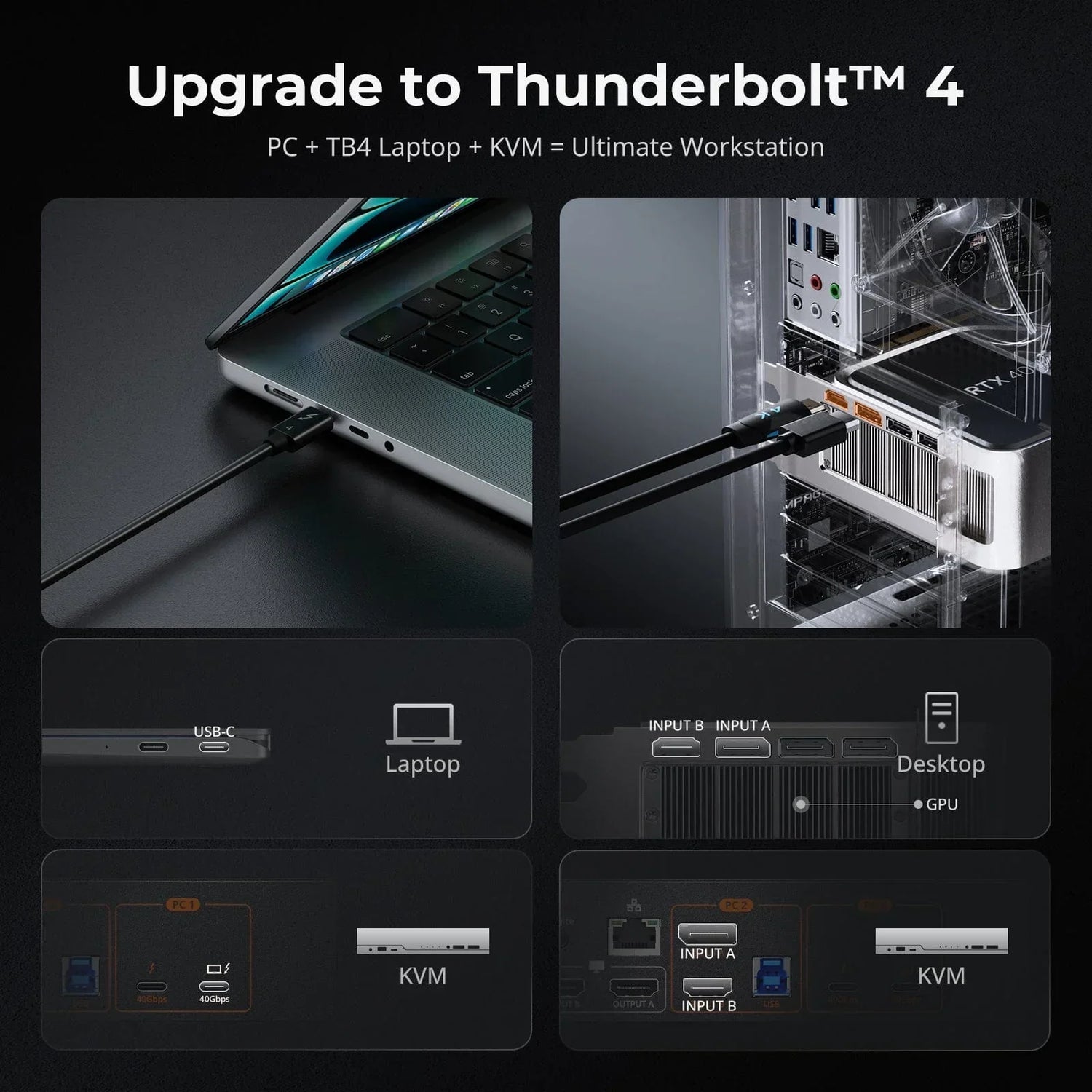RS232 and RS485 are foundational standards in serial communication. They outline the rules for transmitting data, including signal levels, speed, and timing. Despite their age, they're still widely used, especially in control and measurement equipment. Their enduring appeal lies in their simplicity and affordability, making them go-to options for many applications.
Overview of RS232
RS232 is a standard communication protocol used for serial communication transmission of data between devices. In RS232, the transmitter of one device is connected to the receiver of the other device, and vice versa, forming a simple point-to-point communication link.
The communication occurs over two lines, with one line representing binary 1 and the other representing binary 0, both referenced to a common ground. The voltage levels specified by the RS232 standard determine whether a bit is interpreted as a 1 or a 0. A voltage between -3 and -25 volts represents a logic 1, while a voltage between +3 and +25 volts represents a logic 0. This allows for the transmission of digital data between the devices.
The most common connector type for RS-232 serial ports is the DE-9 (9-pin) connector, although other variations such as the DB-25 (25-pin) connector were also used in the past. These serial ports allow for the connection of peripherals such as modems, mice, printers, and other devices requiring serial communication.
Cables used for RS232 connections can be constructed using either parallel wires or a twisted pair configuration. It's recommended that the cable length does not exceed 15 meters to maintain signal integrity and prevent data loss or corruption.

Features of RS232
- RS232 is widely used for serial communication between devices, especially in older computer systems and various industrial applications.
- RS232 operates on relatively simple principles, making it easy to implement and understand.
- RS232 supports full-duplex, which enables devices to both send and receive data at the same time, allowing for two-way communication.
- RS232, being a point-to-point communication standard,is designed to facilitate communication between exactly two devices.
- RS232 communication is typically limited to relatively short distances, with the recommended maximum cable length usually not exceeding 15 meters.
- RS232 signals are transmitted using voltage levels to represent binary data. These voltage levels can be affected by external electromagnetic interference, known as noise.
*For more details of RS232, you may want to visit What is RS232 and What is It Used for?
Overview of RS485
RS485 is another standard for serial communication, particularly used in industrial and long-distance applications. It is designed to transmit data between multiple devices over long distances using differential signaling. In RS485 communication, multiple devices can be connected in a multi-drop configuration, allowing for communication between one master device and multiple slave devices. This makes RS485 suitable for applications such as industrial automation, building automation, and instrumentation systems.
Unlike RS232, which uses single-ended signaling, RS485 employs differential signaling, where data is transmitted over two lines: one for transmitting data (TX) and one for receiving data (RX). This differential signaling helps to improve noise immunity and allows for communication over long distances without significant signal degradation.
The voltage levels in RS485 are typically lower than those in RS232, with a voltage difference between the two lines determining the logic state. A positive voltage on the TX line relative to the RX line represents a logic 1, while a negative voltage on the TX line relative to the RX line represents a logic 0.
RS-485 commonly uses twisted-pair cables for communication, which further enhances noise immunity and signal integrity. The standard recommends using shielded twisted-pair cables to minimize interference from external sources.
Connectors for RS485 can vary, but commonly used ones include the DE-9 (9-pin) connector (similar to RS232) and terminal blocks for easier wiring in industrial environments.
RS485 supports communication over long distances, typically up to 1200 meters or more, depending on the data rate and cable quality. This makes it suitable for applications where devices are spread out over a large area.

Features of RS485
- RS-485 supports multi-drop configurations, enabling communication between multiple devices on the same bus.
- The inherent noise rejection capability makes RS485 less susceptible to external interference.
- RS485 is well-suited for long-distance communication applications up to 1200 meters (approximately 4000 feet).
- RS485 communication often requires termination resistors to ensure signal integrity, especially in longer communication lines.
- RS-485 communication typically supports half-duplex operation, which means that data transmission can occur in both directions over the same communication line but not simultaneously.
Differences between RS232 and RS485
|
Differences |
RS232 |
RS485 |
|
Distance of operation |
15 Meters |
Up to 1200 Meters |
|
Number of transmitters and receivers |
32 Slave Devices |
1 Device |
|
Electrical noise and ground reference potential |
Relatively Higher |
Relatively Lower |
|
Data speed |
20 Kilobits Per Second |
10 Megabits Per Second |
|
Mode of operation |
Point-to-point |
Multi-point Topology |
Conclusion
RS232 is best for short-distance communication between two devices, with a maximum range of 15 meters. It's simple and supports full-duplex communication, meaning it can send and receive data simultaneously. However, it is more prone to electrical noise.
RS485 is designed for long-distance communication, supporting up to 1200 meters and multiple devices on the same bus. It uses differential signaling, which reduces noise and allows for reliable communication in industrial settings. RS485 typically supports half-duplex communication, meaning it can send and receive data but not at the same time.
RS232 and RS485 are important standards for serial communication, each suited for different uses. Choosing between RS232 and RS485 depends on the distance, the number of devices, and the noise environment. Understanding these differences helps in selecting the right standard for effective communication.




